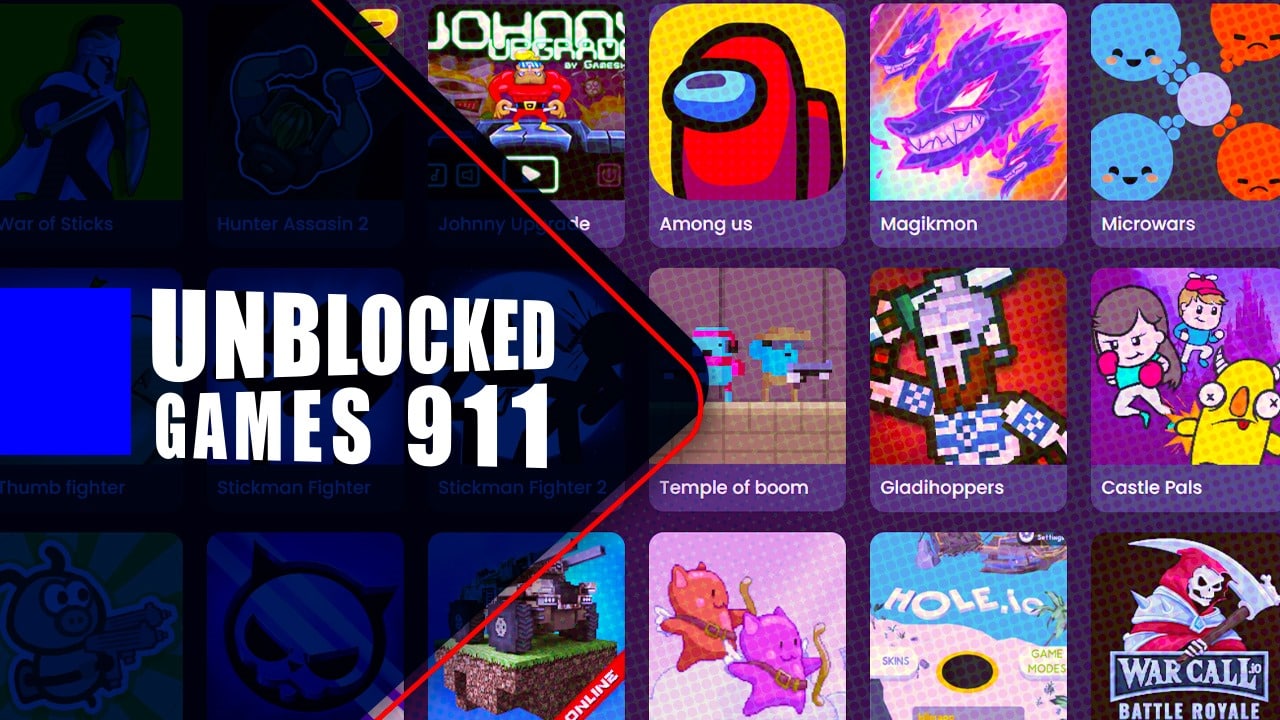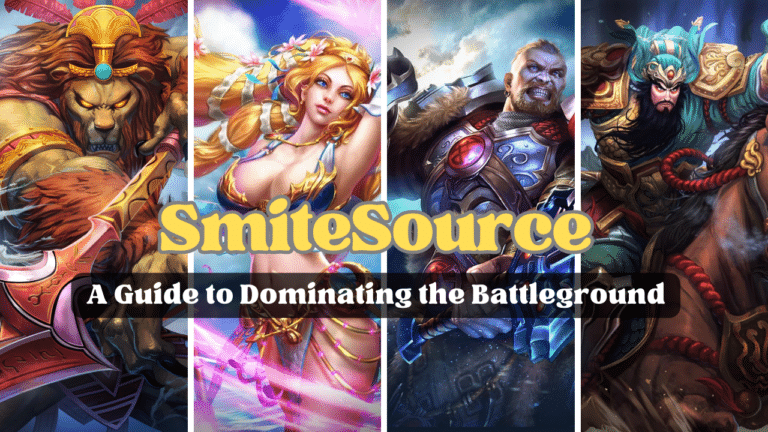Listen to the Podcast:
Game design is a challenging aspect for developers, as they need to ensure that they are able to create the best experience for players. It is a rather simple equation when it comes to design: get it right, and players are likely to be more engaged and willing to keep playing. Get it wrong, and it could be devastating to the overall franchise – or worse, the game developer’s reputation and have a lasting impact on their legacy.
With so much pressure on the design team to continually get it right, balancing aspects such as keeping things as entertaining and fun as possible with keeping it as challenging as possible is a tough task in itself.
If it were not bad enough that developers had to consider features such as graphics, story, characters, and gameplay mechanics already, the balance between entertainment and difficulty is among the highest priorities. Thankfully, there is an approach that they can take in order to find that delicate balance.
Overall Player Experience
The overall player experience needs to come first before anything else. As already explained, it is paramount to the overall success that a title can have. Failure to deliver can have costly consequences and cause irreversible harm to a brand.
Developers should strive to create gaming experiences that are engaging and challenging, yet not overly difficult to the point of discouraging players. If a level or game is deemed too difficult to complete, players may lose interest and stop playing. It is crucial to find the right balance to keep players engaged for longer periods of time.
Developers are countering this situation by using technology. They create adjustable difficulty levels for a game or incorporate artificial intelligence (AI) that can modify the gameplay whenever a player is facing difficulty; although the technology is not believed to be able to revolutionize gaming on its own just yet.
Developers Using Positive Feedback Techniques
To make things more fun and engaging, players can be offered rewards as incentives. This is a common practice in the gaming industry, including the online casino sector which has been a leader in using bonuses and positive feedback.
Bonuses can be found across the iGaming sector, with players able to enjoy their favorite casino games at the sites listed on the BestUSCasinos platform, as they are able to find the biggest promotions to use. These offers have helped boost this gaming niche as they keep players interested and coming back for more, while also capturing the attention of new gamers who are interested in trying these games out for the first time.
Game developers are also starting to use reward systems to boost player engagement and satisfaction across all types of gaming. This involves giving players the opportunity to earn something extra by achieving a specific feat or providing incentives for completing certain tasks or objectives. By rewarding players for their efforts, they are more likely to continue playing and feel more satisfied with the game.
Games that give players frequent feedback, through visual and auditory cues and other methods, can help them understand their strengths and weaknesses. This, in turn, allows the players to learn from their errors and ultimately feel more satisfied when they complete difficult levels.
The Element of Surprise
Although predictable games have been successful, incorporating elements of surprise can add to the entertainment and difficulty level.
Gamers enjoy being surprised by moments in a game because it keeps the storyline exciting and motivates them to play for a longer time. If the game is predictable or lacks unexpected twists, it can become dull, causing some players to lose interest and stop playing.
Random surprises can affect players emotionally, making the game more enjoyable to play. If players don’t feel any emotional connection, they might find the game tedious and lose interest in playing or returning to it after logging off.
Game Design is Complex
Developers face the challenging task of balancing between creating enjoyable games and maintaining an appropriate level of difficulty. While gamers seek challenging games to some extent, excessive difficulty can result in frustration and a decline in interest. On the other hand, if the game is too easy, gamers may get bored and look for more of a challenge.
As can be seen, there is a huge balancing act that must be accomplished effectively!







































